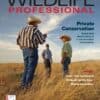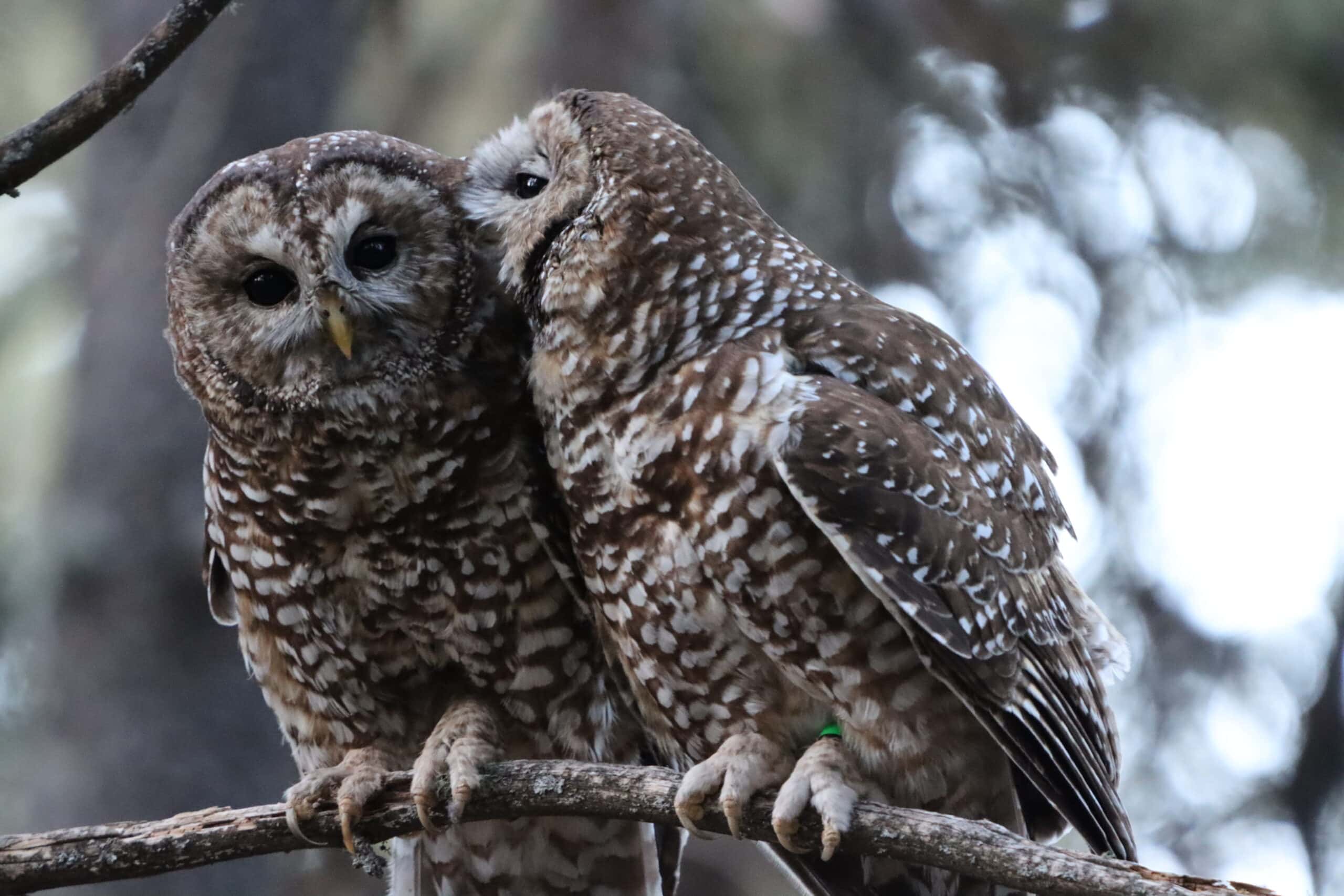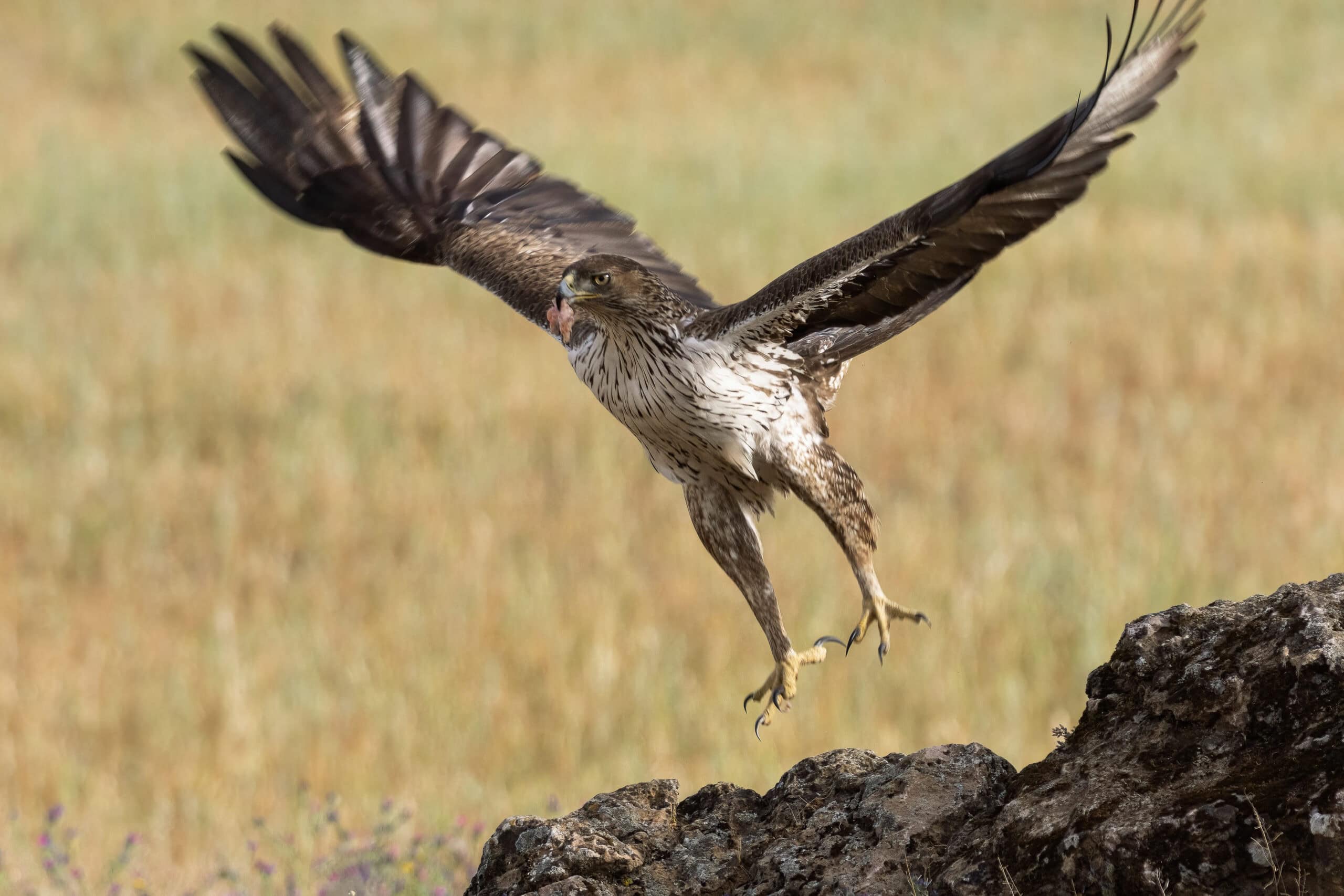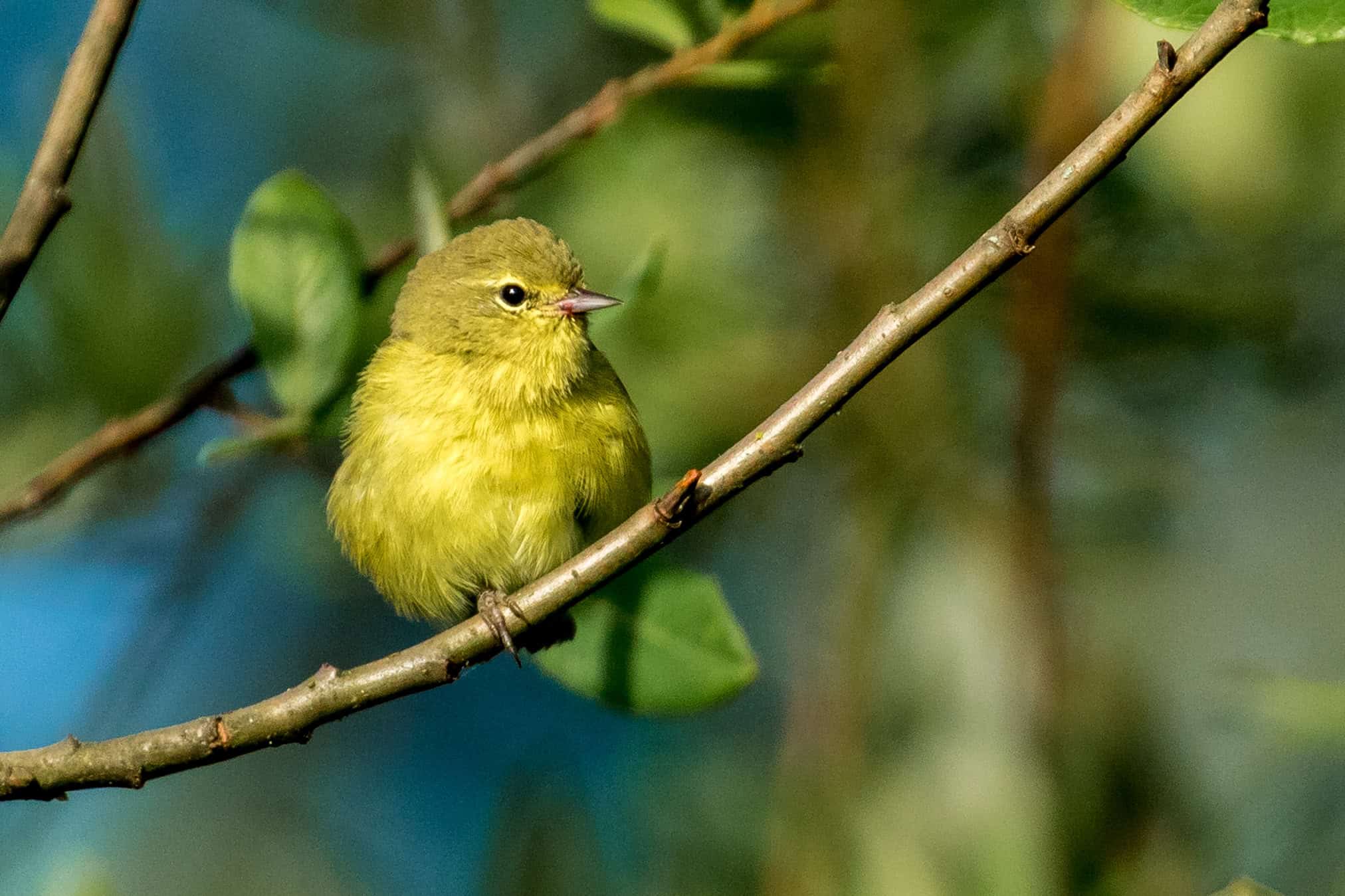
Even though the island of Yáláƛi sits on the periphery of Heiltsuk territory, it has always played an important role in the history and culture of the people. Located on the British Columbia coast about halfway between the southern tip of Alaska and the border of Washington state, Yáláƛi translates roughly to a term meaning “something off in the distance.”
“It means bobbing around, shimmering on top of the waves, because that’s what people could see when they looked out there,” said William Housty, director of the Heiltsuk Integrated Resource Management Department.
According to oral histories passed down through the generations, the Heiltsuk have used the island for a long time. They fished and harvested birds in years past, and in recent decades, they hunted deer. “We always used the area for food,” Housty said, adding that they also conducted ceremonies on the island.
So, when energy company Enbridge was planning to build a gas pipeline connecting the Athabasca oil sands in Alberta with the northwestern coast of British Columbia, the Heiltsuk were concerned about any impact that the increased tanker traffic and the potential of spills might have on the island. They decided to conduct surveys on wildlife in the area to get a baseline sense of diversity there.
“It would probably be one of the first places affected if there ever was a spill,” Housty said. The island sits on the outer coast, right along tanker routes.
In a study published recently in Ecology and Evolution, Housty worked with researchers at Simon Fraser University in the Vancouver area and others to understand the bird community on Goose Island—the English name for Yáláƛi.
“Goose Island is both a culturally important area and an important area for birds,” said the study’s first author, Debora Obrist, a climate change research specialist with the British Columbia Ministry of Forests.
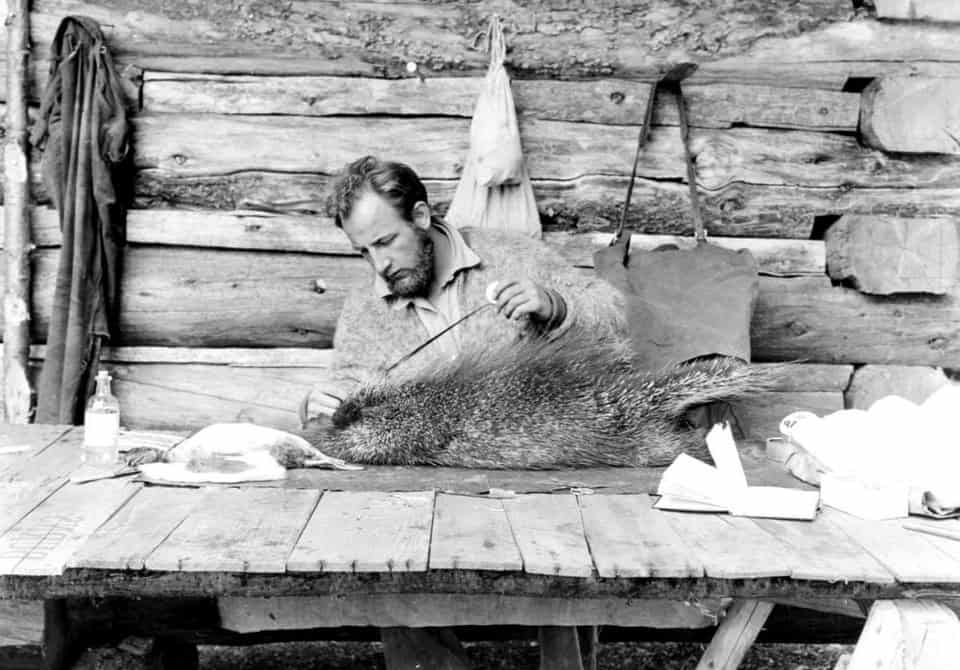
Bird surveys over the years
Indigenous knowledge of wildlife on the island goes way back. But Charles Guiguet, a biologist who lived for four months on the island in 1948, conducted one of the first scientific surveys of the area. He wrote down all the birds and other wildlife that he saw when he was there.
The Heiltsuk conducted their first wildlife survey in 2010. Then, in 2011, Obrist’s supervisor, a postdoctoral researcher at Simon Fraser University at the time of this research, tried to replicate Guiguet’s surveys from six decades earlier, focusing on forest birds.
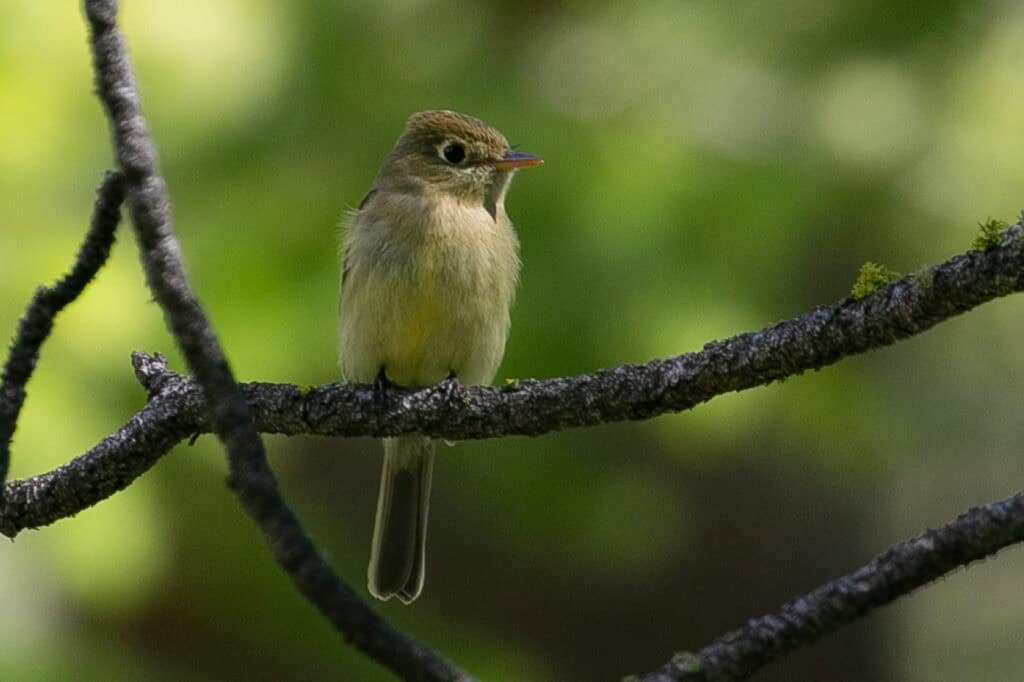
In the recent study, Obrist, Housty and their colleagues compared relative abundances of birds between 1948 and 2011. The team also looked at bird species citizen scientists recorded on the citizen science app eBird.
“We found that bird communities have changed,” Obrist said. “But with the data we have, we can’t say specifically how or why.”
However, they could see differences in presence and absence over the years. Guiguet recorded a few swallow species that the researchers didn’t find in the recent surveys, such as bank swallows (Riparia riparia), barn swallows (Hirundo rustica) and violet green swallows (Tachycineta thalassina). Guiguet didn’t see many individuals of these species, but he recorded them, Obrist said.
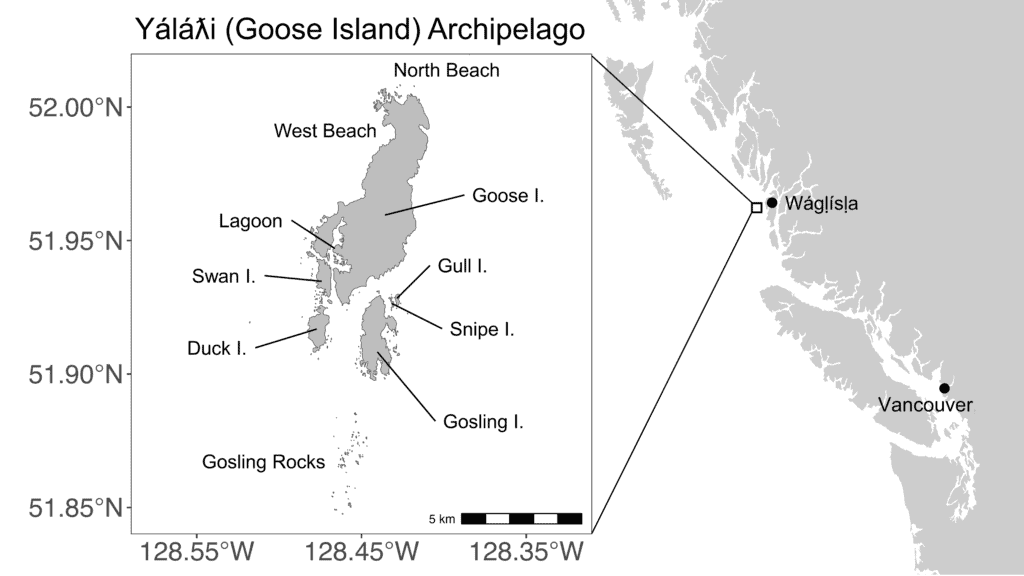
Other species are now present that weren’t in Guiguet’s time—or at least Guiget didn’t see them. Guiguet didn’t observe Townsend’s warblers (Setophaga townsendi) and Wilson’s warblers (Cardellina pusilla), which recent surveys found were quite common, as well as four other warbler species. It’s possible that Guiguet just missed these species, but at least for the Townsend’s warbler, it’s unlikely. “You hear it all the time, so I don’t know how he would have missed it,” Obrist said.
It also seemed that the numbers of some species changed. More than half of Guiguet’s observations were from just three species: the orange-crowned warbler (Leiothlypis celata), dark-eyed junco (Junco hyemalis) and red crossbill (Loxia curvirostra). In the more recent surveys, no one species was dominant, Obrist said.

Why did the bird community change in Goose Island?
The team can’t say for certain why bird communities are different now, but Yáláƛi has undergone several changes since the early 1900s, both human-caused and natural.
When Guiguet was on the island, for example, Yáláƛi had no wolves (Canis lupus) or deer. “We spoke to our elders,” Housty said. “They never saw a deer there, no stories, no records.”
It’s unclear how, but black-tailed deer (Odocoileus hemionus columbianus) had reached the island by the 1970s, and Yáláƛi became an important hunting spot for Heiltsuk. “As the deer population rises, the Heiltsuk started to go there. Then, wolves came there,” Housty said. The predators controlled the deer population, which began to decrease again. “We’re in a cycle.”
The presence of deer led to a change in the plant ecology of the island. “They sure changed the landscape—there’s not a shred of vegetation six feet and under,” Housty said. “It’s a reminder of how everything is so intertwined.”
Human patterns of use on the island have also changed. Before colonial times, some Heiltsuk used to live there full time, while others made seasonal trips. But the Heiltsuk, along with other Indigenous people, were forced to move into villages like Bella Bella—the main Heiltsuk village in the area—more permanently in the early 1900s, and disease introduced by Europeans reduced the Heiltsuk population.
In 1964, another major change occurred. A massive earthquake in Alaska caused a tsunami that changed the structure of a lagoon on Yáláƛi where waterfowl used to occur. The withdrawal of the big wave carried much of the lagoon’s sand with it, leaving a rockier and muddier ecosystem. As a result, many of the waterfowl that lent the English name to the island aren’t found there much anymore.

Finally, Obrist mentioned that more North American river otters (Lontra canadensis) live on the island now than Guiguet recorded in 1948. If the abundance of these mammals changed, they could also affect the ecology, as the otters bring water resources like fish and crustaceans onto land to eat, adding nutrients to the soil and potentially affecting the plant community.
Luckily for the Heiltsuk, Enbridge canceled its planned gas pipeline in December 2024. But threats to the ecosystem there are ongoing. About eight years ago, a fuel barge destined for Bella Bella was stranded on the rocks in the Goose Island archipelago, nearly spilling diesel.
As a result, Housty and Obrist believe that continued surveys are important to understand any changes that may occur to the island’s biodiversity. Housty notes that each of the islands in the archipelago—there are several—has a unique ecosystem and different species groupings. Many Heiltsuk don’t go to Yáláƛi as much these days—the cost of fuel to boat out there has become prohibitive. But it remains culturally important.
“Science and different ways of traditional knowledge have let us tell a really interesting story about birds we’ve relied on for thousands of years,” Housty said.


